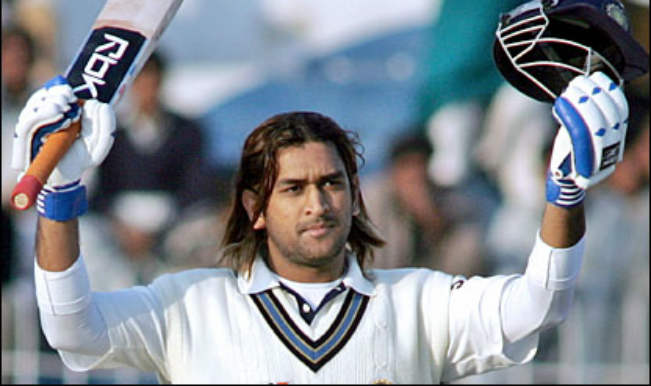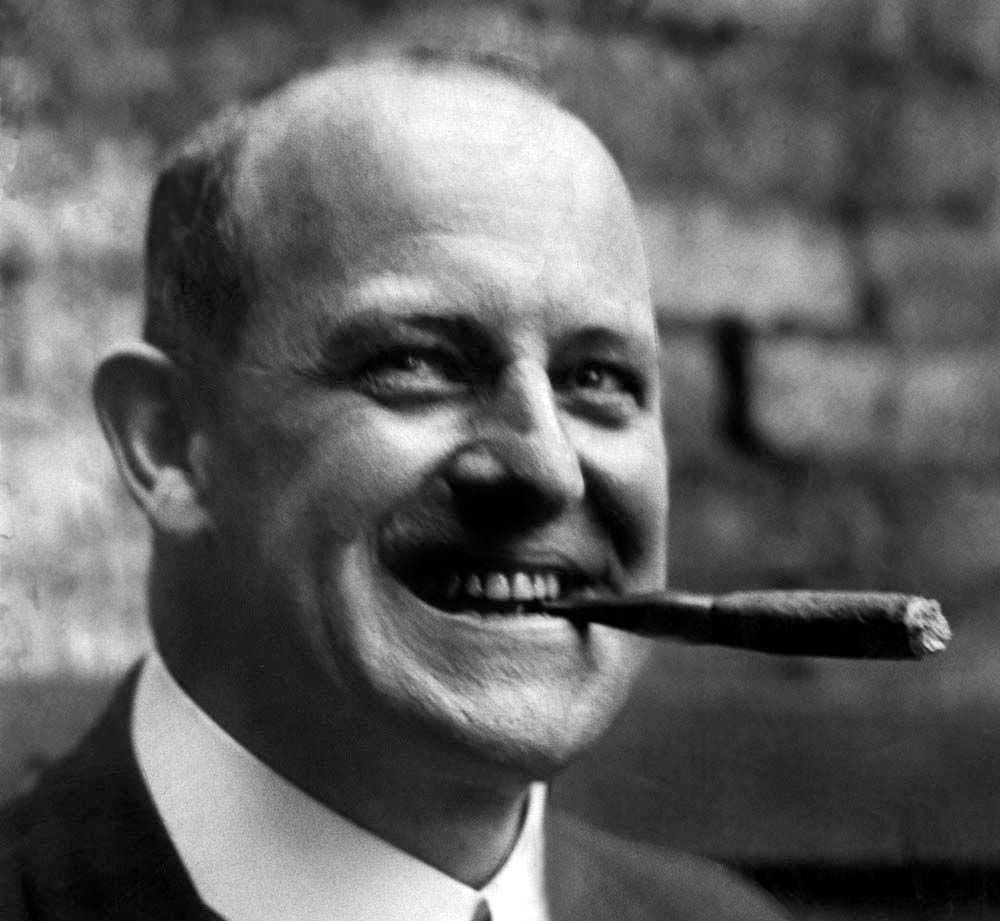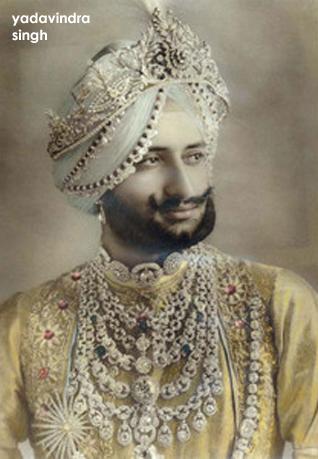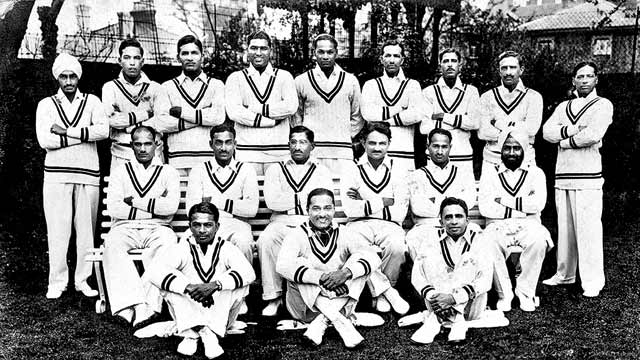
Vizzy
We mentioned in an earlier article about the magnanimity of
Natwarsinhji and Ghanashyamsinhji, the respective Maharajas of Porbandar and
Limbdi, on the tour of Britain in 1932. We also discussed the outstanding cricket
ability of another ‘royalty’, Yadavendra Singh, the Yuvraj of Patiala. While on
the subject of royal personages in Indian cricket, let us concentrate on
another ‘royal’ personality at the other extreme.
On India’s tour to England in 1936 the picture was completely
reversed. This time the captain-elect was the Maharajkumar of Vizianagram, Gajapati
Vijaya Anand Raju, popularly known as Vizzy. Vizzy fancied himself to be a
capable cricketer, although he had no result to show his prowess as a batsman
or as a captain. He manipulated the powers-that-be to such an extent that the
selectors actually announced his name as the captain of the India team to tour
Britain in 1936.
He played in all the three Tests in England thereby weakening
the national team. His was a disastrous influence on the team. Incident after
incident marred the 1936 tour: the Lala Amarnath fiasco; the controversial
selection of Baqa Jilani and the Mushtaq –Merchant attempted conspiracy.
Lala Amarnath began the 1936 tour with his breezy style of
cricket. He was doing exceptionally well with the bat as well as with the ball.
In the match against the Minor Counties, skipper Vizzy kept changing Amarnath’s
batting order repeatedly. Amarnath, all padded-up and ready to bat, was fuming
at the insulting scenario. He threw down his bat and used some choicest Punjabi
slang.
The manager Brittain-Jones and the captain Vizzy made a big
hue and cry over the incident and ordered Amarnath to pack his bag and go back
to India! Some well-meaning players approached the captain and the manager to
forgive the young and impressionable Amarnath. But to no avail. He was sent
back from the tour just prior to the start of the Test series. The first Test
cricketer to face such humiliation. Later BCCI absolved Lala Amarnath of all
charges and he was back in the India team.
While Mushtaq Ali and Vijay Merchant were involved in a big
opening partnership in the Manchester Test and going great guns, skipper Vizzy
actually requested Mushtaq to run out Merchant! Mushtaq, of course, declined to
carry out the strange request. In the process he lost out on a gold-plated
wrist watch as gift from Vizzy!
Just before the 3rd and final Test at the Oval,
skipper Vizzy offered a Test place to whoever would abuse and insult his main
player CK Nayudu in public! Fast bowler Baqa Jilani took up the offer, gave a
mouthful to CK Nayudu at the breakfast table on the opening day of the Test
match and went on to make his debut at the Oval. Shute Banerjee, a man of
strict principles, with far superior performance on the tour, was omitted from
the XI because he did not curse and humiliate CK!
This was Indian cricket at one time. Two extremes running
parallel to one another. Our cricket historians have not bothered to herald the
magnanimous, selfless gesture of Natwarsinhji but have remembered Vizzy’s
disgraceful nature! Strange are the ways of cricket and cricketers in India.
However in all fairness to Vizzy, we must readily acknowledge
his contribution to Indian cricket. He was a very devoted patron of cricket. He
was genuinely devoted towards the game. He had his own team and organized
matches in various cities. Spent generously on cricket and cricketers. Even went to the extent of inviting Sir Jack
Hobbs and Herbert Sutcliffe to India to play for his invitational team around
the sub-continent.
But the desire to manipulate to fulfil his cherished dream –
the ambition to lead India – spoilt the man’s reputation for ever. He should
have been rational enough to realize that he did not even deserve to be in the
India Test team, far less to be the captain. His enormous influence helped him
to become the cricket captain of India!
The national selectors at the time were all prominent
cricketers: ‘commoner’ HD Kanga and the two ‘royals’ Iftikar Ali Khan Pataudi
and KS Duleepsinhji. They certainly did not do justice to the responsibility
placed on them. Highly prejudiced and insensitive, they were. They omitted
deserving players to include mediocre cricketers thereby weakened the national
team. Readers who feel Test players would make capable selectors, take note.
One’s integrity is far more important than one’s cricket ability to become an
unbiased selector.
In later years Vizzy was a constant factor on All India Radio
as a commentator. Well-versed in the history of cricket and its folklore, Vizzy
regaled his listeners with his remarkable memory.
I personally would prefer to remember Vizzy as a great patron
of Indian cricket and as an erudite commentator. How I wish he had gone with
the 1936 Indian team to England as manager and not as captain.







